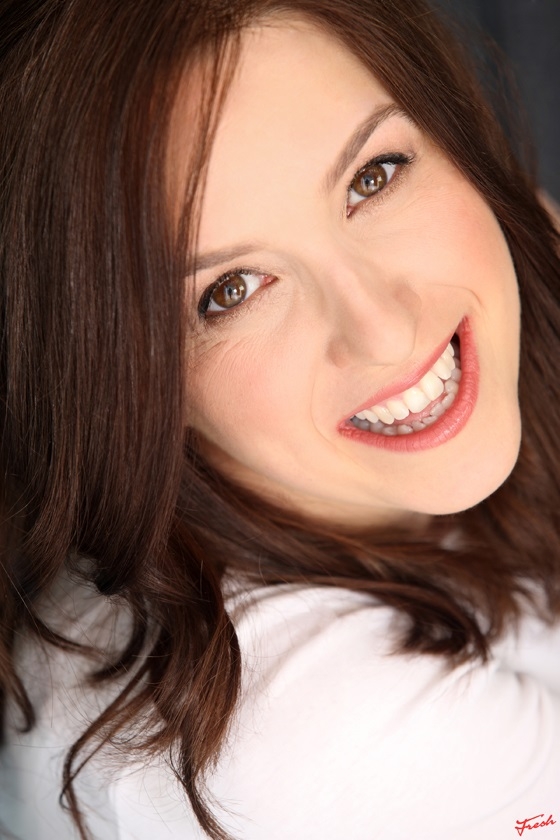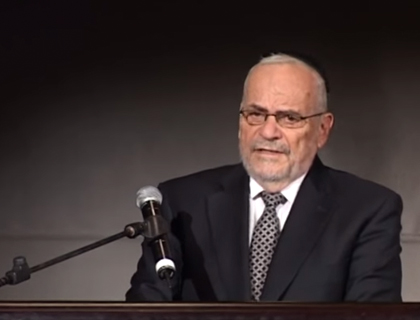Day 15
The Crusades and Ashkenaz Jewry
Dedicated to Lily Ebert, an Auschwitz survivor, who has inspired thousands with her message of courage, faith and tolerance.
CLICK HERE TO BUY THE BOOK

Elana Chesler
Elana Chesler teaches regularly on behalf of United Synagogue Living and Learning and holds an MA and BEd in Jewish Studies. Elana is currently employed by Capita PLC.
Click here for today’s parallel essay from the Jewish Virtual Library.





